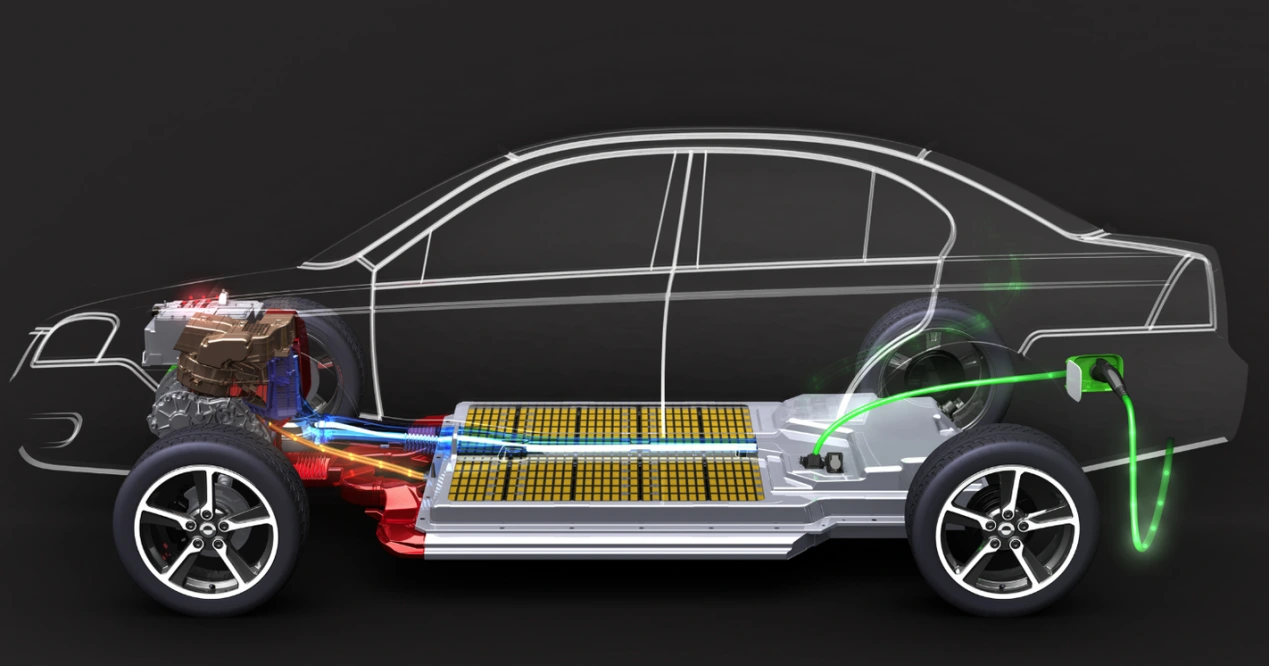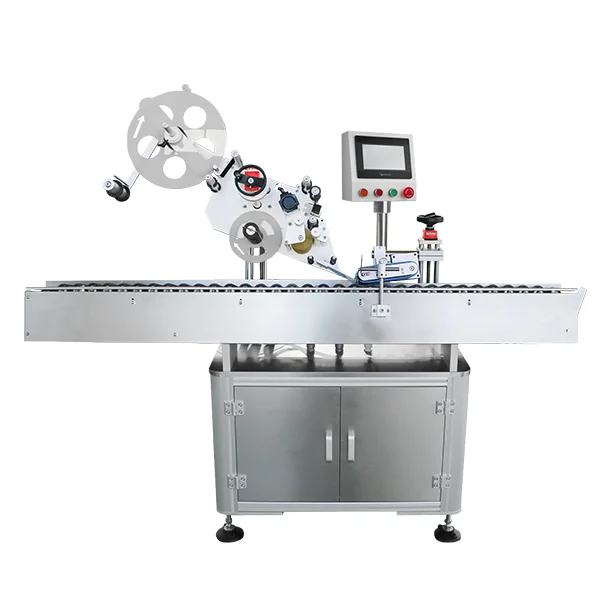In the realm of automotive engineering, the pursuit of performance often leads enthusiasts and engineers alike to explore the benefits of forced induction systems, such as turbochargers and superchargers. These systems are designed to increase the amount of air entering the engine, thereby enhancing power output. However, one critical aspect that must be meticulously managed is boost pressure. This article delves into the implications of excessively high boost pressure, exploring its effects on engine performance, reliability, and longevity.
Understanding Boost Pressure
Boost pressure refers to the increase in air pressure provided by a forced induction system compared to atmospheric pressure. It is typically measured in pounds per square inch (PSI) or bar. The primary function of boost pressure is to allow an engine to burn more fuel, resulting in greater power output. However, the relationship between boost pressure and engine performance is not linear; pushing the limits can lead to detrimental consequences.
The Mechanics of High Boost Pressure
When boost pressure exceeds the manufacturer's specifications, several mechanical and thermal issues can arise. The following sections outline the primary concerns associated with high boost pressure.
- Detonation and Knock
One of the most immediate risks of high boost pressure is the increased likelihood of engine knock or detonation. This phenomenon occurs when the air-fuel mixture ignites prematurely in the combustion chamber, leading to a rapid rise in pressure. Detonation can cause severe damage to engine components, including pistons, cylinder heads, and bearings. To mitigate this risk, it is essential to use high-octane fuel and implement proper tuning strategies that account for the increased boost levels.
- Overheating
High boost pressure can lead to elevated temperatures within the engine. As more air is compressed, the temperature rises, which can strain the engine's cooling system. Overheating can result in warped cylinder heads, blown head gaskets, and even catastrophic engine failure. To combat this, it is crucial to ensure that the engine's cooling system is adequately upgraded to handle the additional thermal load.
- Excessive Cylinder Pressure
With increased boost comes increased cylinder pressure. While modern engines are designed to handle a certain level of pressure, exceeding this threshold can lead to mechanical failure. Components such as piston rings, connecting rods, and crankshafts are particularly vulnerable. High cylinder pressure can also lead to increased wear and tear, reducing the engine's overall lifespan.
- Turbo Lag and Performance Issues
Interestingly, while high boost pressure can enhance power, it can also introduce turbo lag, particularly in turbocharged systems. This lag occurs when the turbocharger takes time to spool up to the desired boost level, leading to a delay in power delivery. In some cases, excessive boost can exacerbate this issue, resulting in a less responsive driving experience.
Long-Term Implications of High Boost Pressure
The consequences of consistently running high boost pressure extend beyond immediate performance issues. Long-term exposure to elevated pressures can lead to:
- Increased Maintenance Costs: Engines operating under high boost pressure often require more frequent maintenance and component replacements, leading to higher ownership costs.
- Reduced Reliability: The strain on engine components can lead to premature failures, resulting in unexpected breakdowns and repairs.
- Diminished Resale Value: Vehicles that have been modified for high boost pressure may suffer from reduced resale value due to concerns about reliability and potential hidden damage.
Conclusion: Finding the Balance
While high boost pressure can unlock significant performance gains, it is imperative to approach it with caution. Understanding the risks and implementing proper tuning, cooling, and maintenance strategies can help mitigate the adverse effects associated with excessive boost. Ultimately, the key to maximizing performance lies in finding the right balance between boost pressure and engine reliability. Enthusiasts should always consult with professionals and consider the specific requirements of their engine to ensure a harmonious blend of power and longevity.



